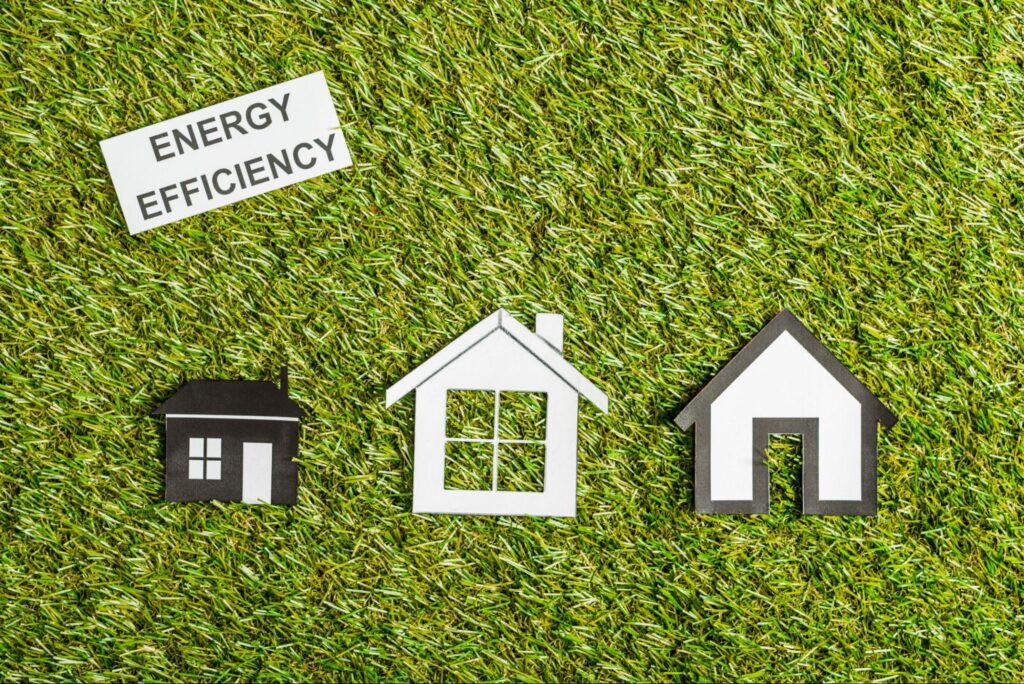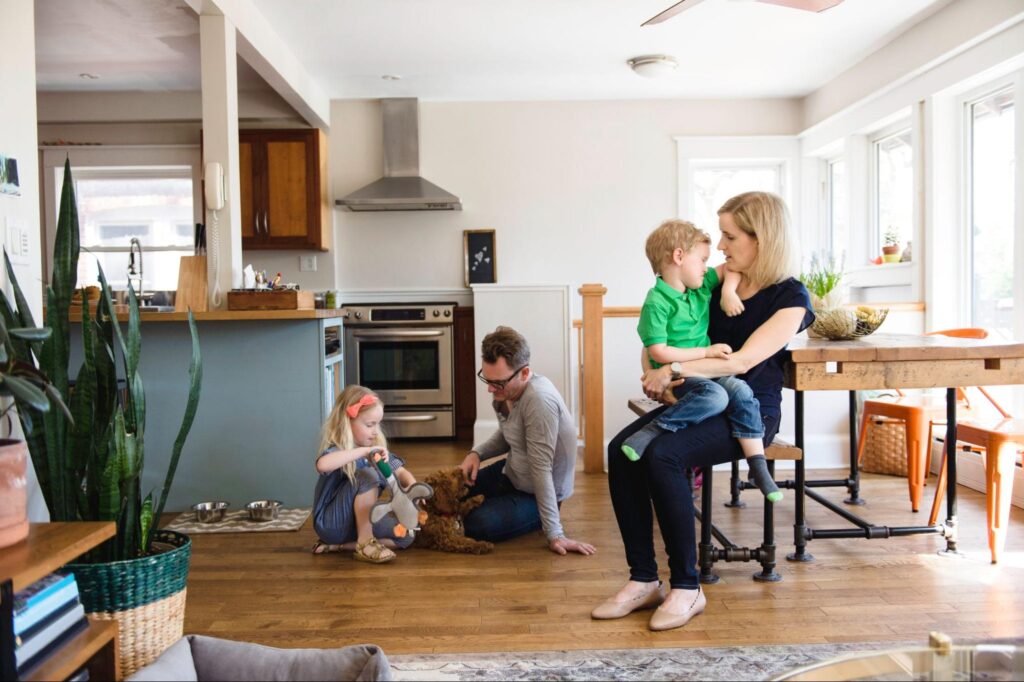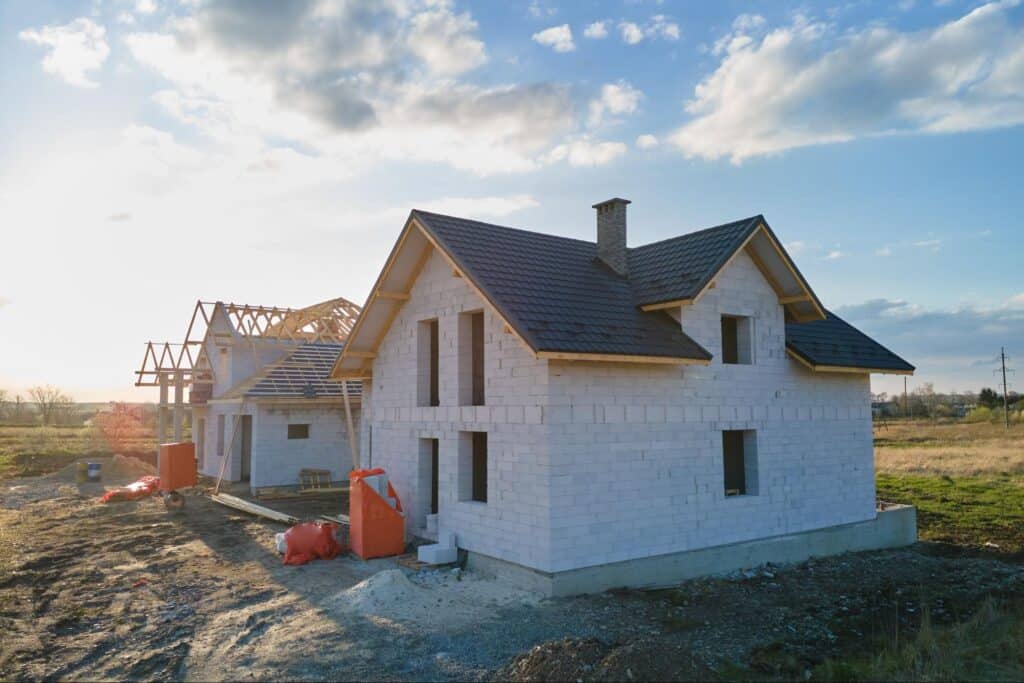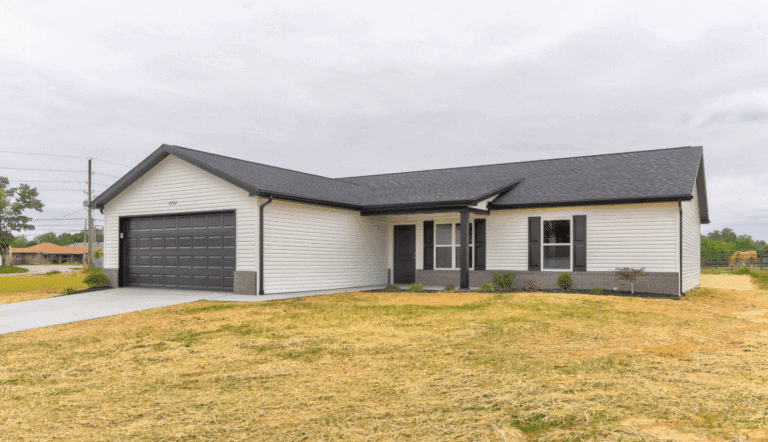Building a home is an exciting venture that can also feel overwhelming when balancing affordability, energy efficiency, and timely completion. For many first-time homebuyers, the construction process raises questions about decision-making, costs, and quality. With the right insights, you can make informed choices and approach the process with confidence.
In this article, we offer expert tips to demystify homebuilding while highlighting how streamlined approaches and innovative techniques can simplify your journey. Learn about design options, energy-efficient designs and energy star products, simplifying the building process, balancing affordability with quality, selecting the right land, and considerations for building in Indiana—a state known for its relatively affordable living conditions and diverse residential environments, even as some regions face challenges with housing supply and affordability for certain income groups.
Evaluating Pre-Designed Layout Options

Some homebuyers consider pre-designed floor plans as one potential approach to streamline the homebuilding process. These available layouts offer a starting point for design and may allow for a degree of personalization. However, while certain builders advocate that these designs simplify decisions and shorten timelines, the actual benefits—such as reducing the need for extensive design consultations or minimizing material waste—can vary significantly from project to project.
Homeowners should consider these options carefully and discuss them in detail with their builder to understand how they apply to their unique situation.
Simplify Your Decisions and Stay on Schedule
Pre-selected design packages can help narrow choices at the onset of construction, potentially reducing decision fatigue. Builders with experience in these templates might be able to guide you through a more predictable timeline. That said, every project is different, and construction schedules depend on a variety of factors beyond the initial design choice. For those who appreciate a more curated starting point, exploring these packages available in the market can be a smart move.
Considering Potential Cost Efficiencies
While some builders suggest that using established design templates might offer efficiencies in design consultations and construction, any savings on material waste or consultation fees depend on multiple factors. Prospective homeowners should evaluate these options in the context of their overall budget and project goals.
Flexible Options for Every Need
Pre-organized plans can cater to different family sizes and lifestyles. For example, some builders offer a range of options—from compact 2-bedroom layouts to larger floor plans with additional bedrooms and bathrooms. These choices provide a structure that can be adapted with personal touches, but the overall benefits related to cost or timeline efficiencies will depend on the specific practices of your chosen builder.
The Importance of Energy-Efficient Home Designs

Energy efficiency is a practical choice that benefits both your wallet and the environment. Incorporating energy-efficient features in your new home can lead to lower utility bills, enhanced comfort, and a reduced carbon footprint.
Lower Utility Costs and Enhanced Comfort
One tip for an energy-efficient home is to utilize superior insulation to help regulate indoor temperatures. This improves temperature control, reducing the load on heating and cooling systems and lowering monthly energy expenses. Improved sealing and thermal regulation also work to create a more comfortable environment with fewer drafts and temperature swings.
Environmental and Long-Term Financial Benefits
Choosing energy-efficient designs contributes to environmental sustainability by reducing energy consumption and lowering greenhouse gas emissions. Although the initial investment for energy-saving features may be somewhat higher, the potential long-term savings—along with increased home resale value—often make it a financially sound decision. Building with a focus on environmental sustainability is a commitment that benefits both the homeowner and the planet.
Simplifying the Home Building Process

The homebuilding journey need not be overwhelmingly complex or stressful, especially for a first time home buyer. A streamlined process that minimizes excessive choices and leverages expert guidance can transform the experience into an enjoyable one.
Reducing Decision Fatigue
An overload of options can delay progress and increase stress levels. Working with builders who provide pre-selected design packages and standard options allows you to focus on the most critical decisions—helping you avoid decision fatigue—and keep the project moving with a clearer, more predictable timeline.
Relying on Expert Guidance
Experienced builders can help navigate potential challenges, offer tailored solutions, and manage technical aspects on your behalf. Trusting knowledgeable professionals gives you the freedom to focus on your vision without becoming entangled in construction complexities. Clear communication and transparency from your builder—often including a streamlined process methodology and transparent pricing—are key to a stress-free homebuilding journey.
Building Affordable Homes Without Sacrificing Quality
Achieving an affordable yet high-quality home requires strategic planning and thoughtful design choices. Some homebuyers worry that money saving tips means cutting corners, but quality and affordability can coexist through careful planning.
Efficient Practices for Cost Savings
Several factors may contribute to maintaining affordability:
- Thoughtful use of available design options to potentially streamline decision-making.
- Pre-organized design packages that can reduce some preliminary expenses.
- Incorporating energy-efficient features that lower long-term operating expenses.
Using cost-effective materials and methods can further help create a durable, well-constructed home that aligns with your budget—though cost savings and efficiencies will vary with each project.
Balancing Craftsmanship and Budget
Quality does not have to be sacrificed for affordability. Builders often rely on cost-effective materials and established construction techniques to create affordable homes that are both beautiful and enduring. With strategies such as detailed communication, unexpected costs can be minimized while maintaining a commitment to craftsmanship throughout the build.
Key Considerations for Choosing the Right Land for Your Home
Selecting the perfect piece of land is a critical step in the homebuilding process. The right location influences not only your day-to-day lifestyle but also the long-term value of your property.
Location, Infrastructure, and Community
When evaluating land, consider its proximity to essential amenities such as schools, medical facilities, and shopping centers. The character of the community and potential for future growth are also important. For example, areas such as Princeton, Gibson County, Vincennes, and Evansville offer various community features and recreational opportunities. Your choice of location should align with your lifestyle and long-term value considerations.
Environmental and Zoning Factors
Before finalizing your land selection, assess environmental conditions like flood risks, zoning restrictions, and factors like soil stability that might affect construction. Ensuring the land meets building requirements is essential to prevent costly delays or modifications later.
Building in Indiana: Considerations for Homebuyers
Indiana offers relatively affordable living options compared to many states, along with a mix of urban and rural settings. Many homebuyers appreciate its blend of city amenities and small-town charm. However, while affordability is common in several parts of the state, prospective buyers should also consider regional challenges such as housing shortages and affordability gaps for certain income groups. Rising prices and limited supply in some areas highlight the importance of thorough market research and personalized advice.
Affordable Living and Budget-Friendly Options
Indiana’s lower cost of living often creates opportunities for homeownership that allow you to prioritize features such as energy efficiency and quality construction. Exploring affordable living options can provide both comfort and long-term savings.
Community and Convenience
From vibrant urban centers to peaceful rural settings, Indiana provides diverse living environments. Whether you prefer a bustling atmosphere or a quiet, family-friendly neighborhood, the state offers many options.
Affordable Homes with Happy Homeowners Team Up With Experts From Value Built Homes

Building your dream home can be a straightforward and rewarding process with the right approach. By exploring a range of floor plans and design options, incorporating energy-efficient elements, and carefully selecting the right land, you can create a high-quality, affordable home that meets your needs. Leveraging expert guidance and streamlined procedures can help reduce decision fatigue and ensure a smooth construction experience.
At Value Built Homes, every step of the journey—from early design discussions to final completion—is crafted to offer clarity, affordability, and enduring quality. Ready to take the next step? Learn more about us, explore our floor plans and contact us for a consultation, and begin your journey toward a rewarding homebuilding experience and a place you can proudly call your own.




